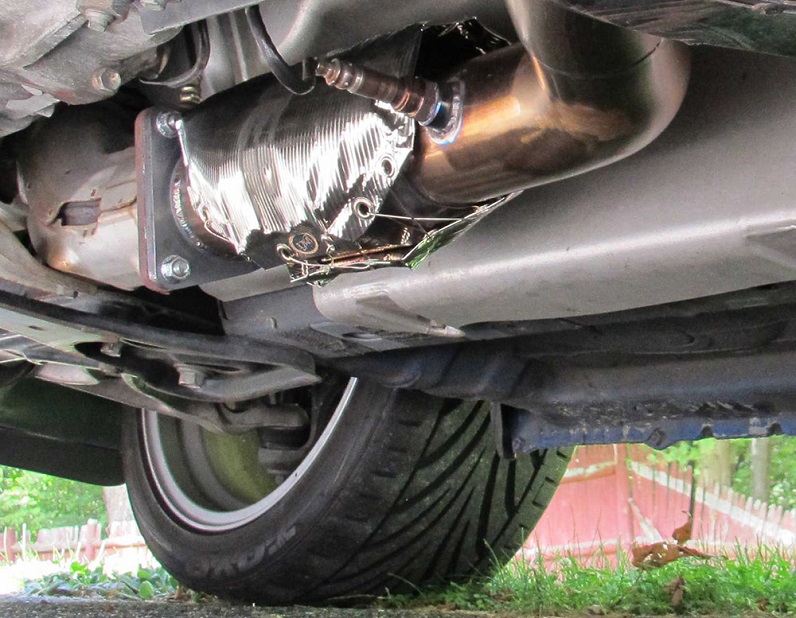
Your vehicle’s engine generates a lot of heat. Generating a lot of heat can bring your vehicle to a standstill sometimes, or worse. While not a common occurrence, it can still be disastrous when it does happen, causing damage to internal components surrounding the engine. To prevent this, it’s best that you use what is known as a heat shield or barrier. An automotive heat shield is placed around some car parts that are not able to handle high temperatures. Installing a heat shield around specific parts around your engine will ensure they’re safe from the heat, allowing them to last longer.
Is a Heat Shield Necessary on a Car?
While not mandatory a heat shield can prevent a lot of issues and costly repairs. Although not as important as the main sheet guards, when coupled together with an aftermarket exhaust, heat shield material for cars can be highly effective at reducing the temperature. This, of course, only works when you have the right type of heat shield in hand.
Heat Shield Solutions
Barriers
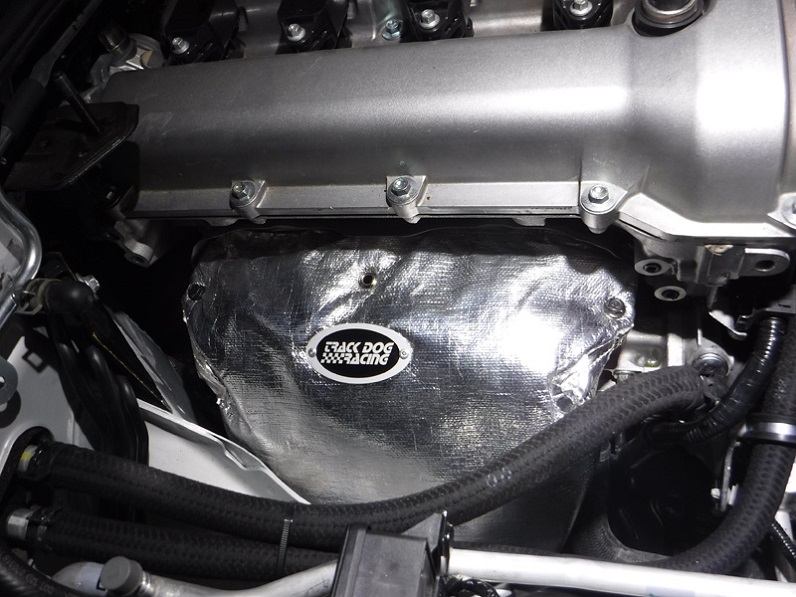
An auto heat shield barrier is used to prevent radiant heat from affecting the workload or lifespan of a certain component. Barriers are usually placed about 2.5cm away from a direct heat source. The most commonly used heat barriers are made of aluminium which is combined with silica, fibreglass and ceramic insulation. The majority of aluminised fibreglass barriers are able to withstand temperatures up to 600°C, while some are capable of withstanding almost 1000°C if the appropriate air gaps are there.
For air gaps that are less than 2.5cm wide, you might want to consider barriers made of lava rocks. They may not withstand as high temperatures as aluminium barriers but they perform more efficiently when there is less than 2.5 cm of space from the heat source. Remember, barriers are not to be used inside your vehicle. While they can reduce the heat inside a vehicle slightly they won’t reflect heat. You’re better off putting an undercarriage heat barrier instead on the inside of your vehicle
Insulators
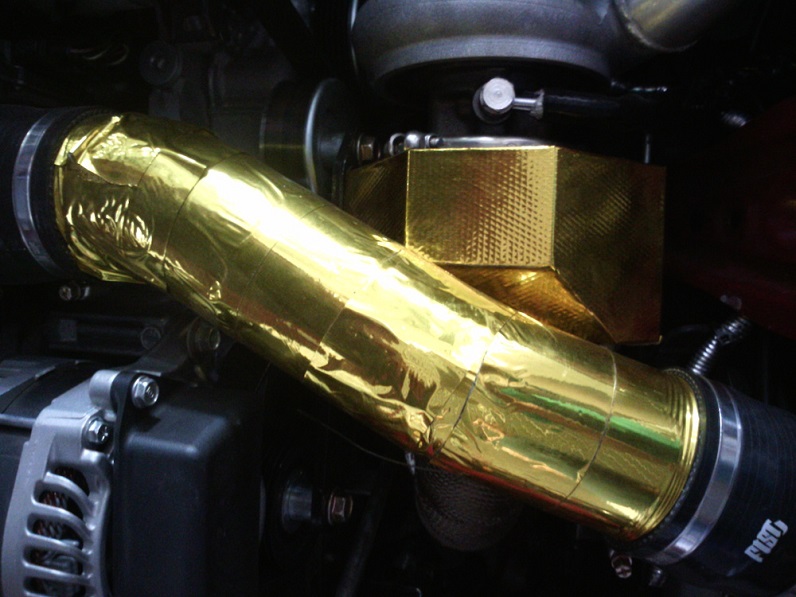
An insulative automotive heat shield is used to retain heat inside a component they are placed on. This is why heat shield insulation is used to fix a hot fuel cell, firewall or interior as they stop the heat at the source. A typical insulator heat shield material for cars can withstand temperatures of around 530°C and they usually contain fibreglass coupled together with a special coating, which is most often made of graphite.
There are fibreglass heat shield insulation products that are said to withstand temperatures of around 1000°C but this is only true for about 30 seconds. Expose them to this level of heat for more than 30 seconds and they will get fried. Insulators are also available, and they’re usually made of basalt (volcanic) rock which is made to withstand temperatures of around 640°C. They cannot sustain continuous exposure to high levels of heat though.
Heat Shield Uses
Industrial
While heat shields are mostly used to improve the temperature control on the inside of a vehicle, they can also be used in power-plant machines and sensitive electronic components. Workers can wear them too in industrial settings to protect themselves from excessive heat.
Home
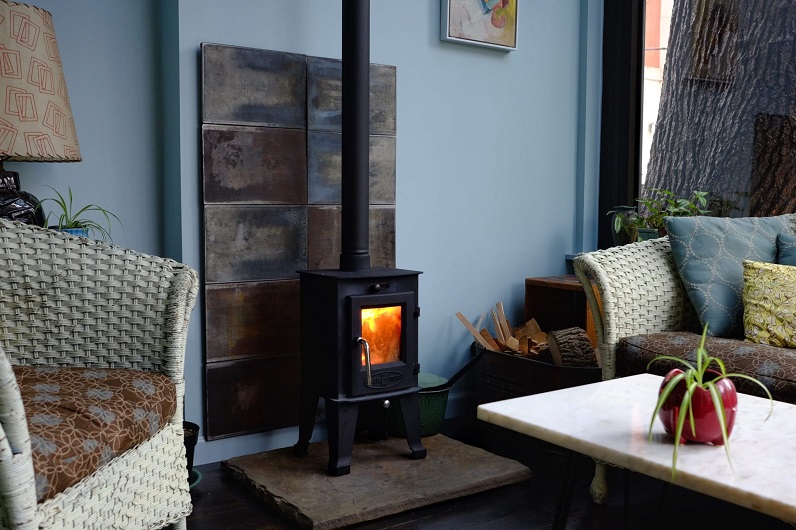
At home, the temperature you need protection from may not be as high as the one in an industrial plant but it is crucial to keep yourself safe. In a household, heat shields are used to protect furniture and appliances like your TV and other fragile electronics from radiant heat coming from mantels, for example.
Military
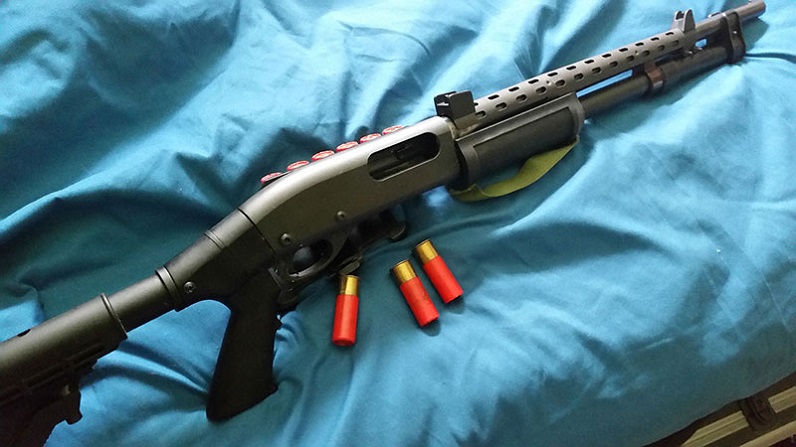
The military uses heat shields to prevent firearms from injuring military personnel. The heat big rifles produce can burn a soldiers hand when using it. With a heat shield, this inconvenience is avoided and the downtime of the weapon is also reduced especially when it comes to automatic weapons. A heat shield barrier also helps in reducing a tank’s thermal signature to help prevent weaponized deployments from being engaged against it.
Tips on Buying Heat Shield
Asbestos & Quality
Whatever type of heat shield you get, you need to ensure that it doesn’t contain any asbestos. Asbestos could rub off and irritate your skin as it is a harmful compound that is known to be bad for your health. Asbestos was once used in car brakes but its use was soon revoked due to its bad effect on the environment and human health. The quality of a heat shield depends on its thickness. A good quality heat shield will have a thickness between 0.6cm to 1.2cm.
Ceramic & Warranty
Every heat shield material should come with a warranty and if the one you’re considering doesn’t, look elsewhere. Also, a heat shield should have a ceramic liner which is made to sustain temperatures up to 980°C. With this type of heat shield, temperatures can be reduced significantly.
























